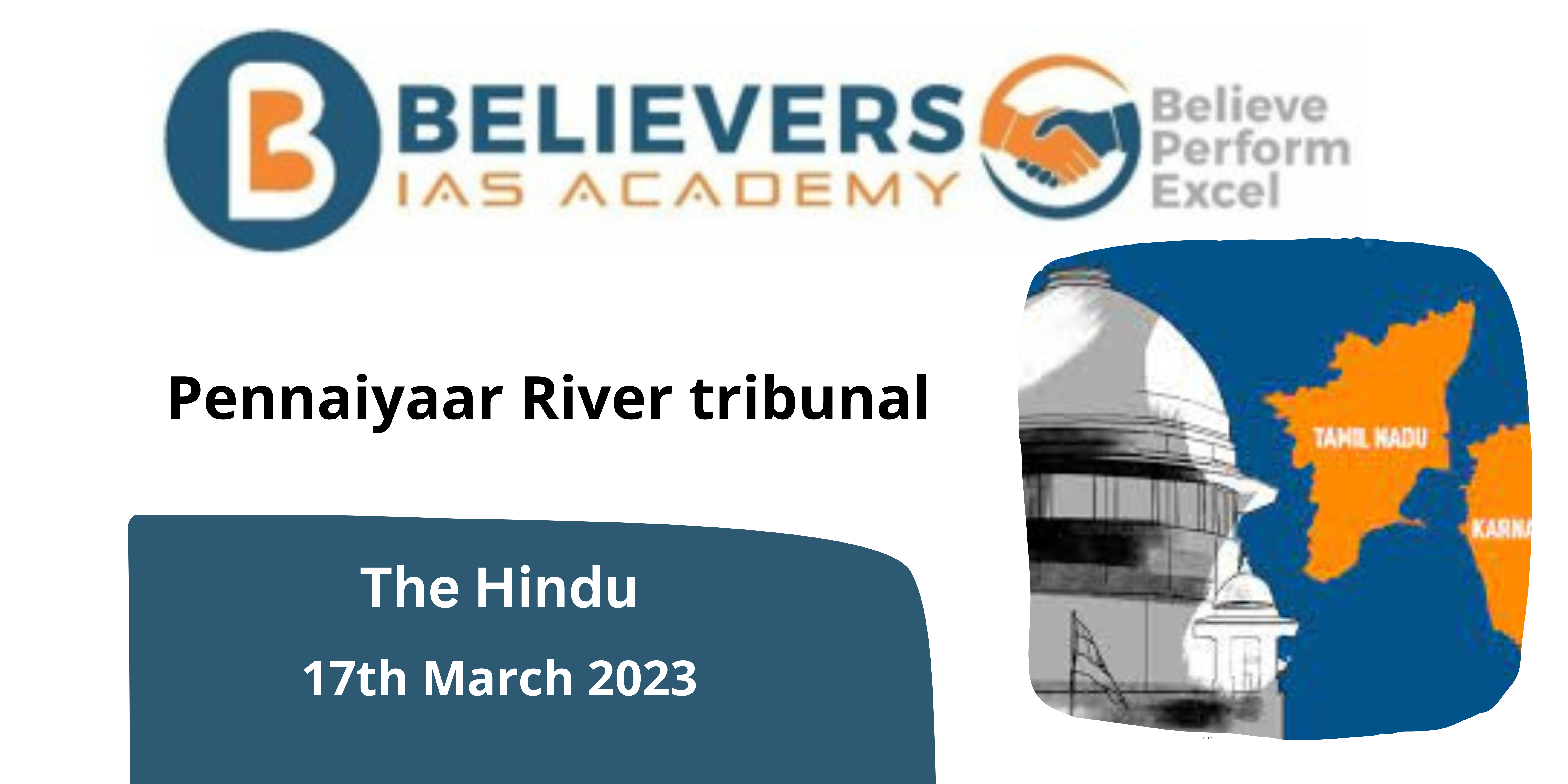Kerala to create a microsite tracing the roots of Islam in the State to attract tourists
Context
The government of Kerala has chosen to develop a promotional digital production that traces the history of Islam in Kerala through the creation of a microsite titled “Islam in Kerala.”
What is the purpose behind the decision to find out the religion’s origins?
- Creating an online platform on ‘Islam in Kerala’ is an initiative by the Kerala government to encourage religious and cultural tourism in the state.
- The project’s goal is to highlight Kerala’s rich Islamic heritage, which dates back to the 7th century.
- The portal will function as an online resource for details regarding many facets of Islam’s influence in the state.
What is the history of Islam in Kerala?
- Origins:
- A well-known Muslim group, Mappila Muslims are mostly concentrated in Kerala and the southern Indian state of Lakshadweep.
- They are regarded as one of South Asia’s first established local Muslim communities.
- Islam’s early arrival:
- It is thought that Islam first made its way to Kerala’s Malabar Coast in the seventh century AD.
- Trade played a major role in the growth of Islam in the area, particularly the spice trade, which introduced Kerala to connections in West Asia.
- Trading Community:
- Mappilas were a wealthy trading community in Kerala before European forces took control of the spice trade.
- They were mostly located in the state’s coastal cities and were important to trade and commerce.
- Cultural Influence:
- The Mappilas’ manner of life, traditions, and culture were shaped by their ongoing interactions with the Middle East.
- As a result of this connection, Kerala culture as a whole underwent a distinctive Indo-Islamic synthesis that affected language, music, literature, art, and cuisine.
- Religious Affiliation:
- The Shāfiʿī School of Islamic law is adhered to by the vast majority of Mappila Muslims in Kerala.
- Salafist movements are followed by a sizable minority.
- Caste System:
- Muslim communities in Kerala, like those in other regions of South Asia, are subject to the caste system, despite certain misconceptions.
- Although all Muslims are welcome to pray in any mosque in Kerala, some communities could be viewed as less important than others.
- Diverse Muslim Communities:
- The Muslim communities in Kerala come from a variety of ethnic backgrounds.
- These communities coexist with Kerala’s larger Muslim community, adding to the state’s variety in terms of both culture and religion.
How will the content be organized in the microsite?
- Chapter 1: Kerala’s Islamic History
- This chapter will go into great detail about the early introduction and establishment of Islam in the state.
- It will probably discuss the early impact of traders and their coastal settlements in Malabar.
- Chapter 2: Centers for Islamic Pilgrimage:
- This section will highlight some of the Islamic pilgrimage sites in Kerala, including the Juma Masjid in Kasaragod and Beemapally in Thiruvananthapuram.
- Important mosques like the Vavar Mosque, the Odathil Palli, the Jama-at Mosque, the Ponnani Juma Masjid, the Palayam Mosque, the Pazhayangadi Mosque, and the Cheraman Juma Masjid will also be included.
- Chapter 3: Food Culture and Cuisine:
- This section will examine Mappila cuisine, a kind of cooking that combines Yemeni, Arab, and Persian culinary traditions with indigenous Keralan cuisine.
- The Muslim community in Kerala has a rich culinary legacy that includes Mappila cuisine.
- Chapter 4: Way of Life
- The Kerala Muslim community’s cultural customs will be the main topic of the lifestyle chapter.
- It will probably cover a range of topics, such as dress codes, traditions, and customs—especially those related to marriage and other rituals.
- Architecture in Chapter 5:
- The architectural features of Kerala’s mosques and other Islamic-related buildings will be covered in detail in this section.
- It will draw attention to how indigenous building methods have been combined with Arabic architectural traditions.
- Chapter 6: Festivals and Art Forms
- The art forms and festivals of Kerala’s Muslim community will be covered in the last chapter.
- An examination of Mappila songs, a well-known folktale from the 16th century, is probably in the cards.
What are the benefits of this initiative?
- Promotion of Cultural Understanding:
- By offering details about the customs, history, and way of life of Kerala’s Mappila Muslim community, the website contributes to the promotion of cultural understanding.
- It promotes a deeper understanding and admiration of the state’s rich religious and cultural legacy.
- Promotion of Tourism:
- Kerala is a well-liked travel destination, and programs like these can draw travellers eager to experience the richness of the state’s religious and cultural variety.
- It can be an invaluable tool for tourists who want to know more about Kerala’s Islamic past.
- Research and Education:
- For scholars, students, and historians interested in the history and culture of Islam in Kerala, the website might be a useful educational resource.
- It can aid in scholarly investigations and cultural analyses of the Muslim population in Mappila.
- Religious Travel:
- By showcasing important Islamic pilgrimage sites and their historical relevance, the project helps Kerala’s religious tourism industry grow.
- It may entice pilgrims and theologians to visit these locations.
Conclusion
All in all, the initiative to develop a microsite about “Islam in Kerala” is advantageous to several parties, including visitors, academics, locals, and the state’s tourism and cultural industries. It fosters intercultural dialogue, education, and tourism while safeguarding and honouring the rich cultural legacy of Kerala’s Mappila Muslim community.




